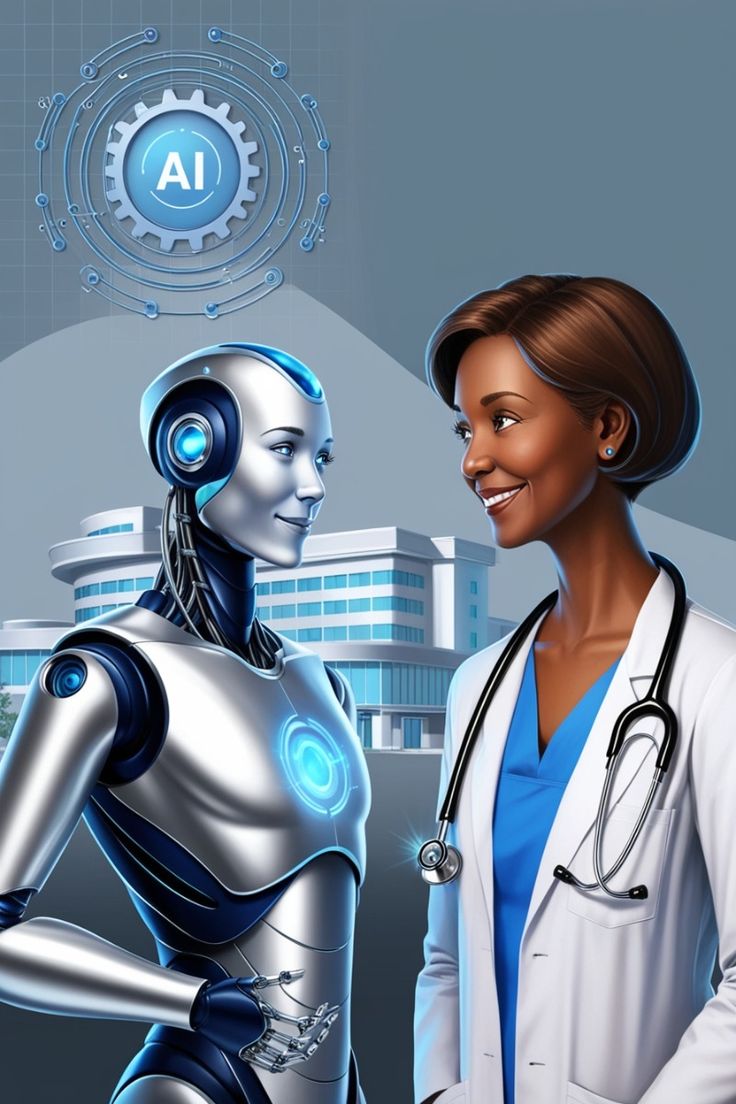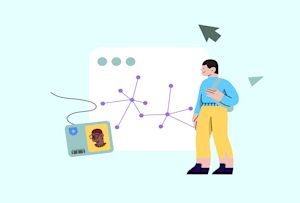7 Incredible Ways AI in Diagnostics and Treatment is Transforming Healthcare
Introduction
AI in Diagnostics and Treatment: The integration of artificial intelligence (AI) in diagnostics and treatment is revolutionizing modern medicine. From early disease detection to precision therapies, AI is empowering doctors and patients alike, enhancing the efficiency, accuracy, and accessibility of healthcare. This guide explores its history, daily life impacts, and why it’s critical for society.
Let’s uncover the fascinating journey of AI in healthcare and its significance in shaping a healthier tomorrow.
1. What Is AI in Diagnostics and Treatment?
AI in diagnostics and treatment refers to the use of machine learning, data analytics, and intelligent algorithms to analyze medical data and provide actionable insights. AI systems can:
- Identify patterns in imaging scans (e.g., MRIs, X-rays).
- Suggest personalized treatment plans.
- Monitor patient health in real time through wearable devices.
This innovative approach minimizes errors, speeds up diagnoses, and ensures treatments are tailored to each individual.
2. History of AI in Healthcare
- 1950s: AI concepts began to emerge, focusing on logic-based systems.
- 1970s-1980s: Early AI programs like MYCIN showed promise in diagnosing infections but lacked real-world application.
- 2000s: Advancements in machine learning and big data propelled AI into practical healthcare uses.
- Present Day: AI tools like IBM Watson, Google DeepMind, and advanced robotic surgeons are transforming diagnostics and treatment globally.
3. Daily Life Impacts of AI in Healthcare
AI is reshaping how we manage health:
- Faster Diagnoses: AI analyzes imaging data with remarkable speed, reducing waiting times for results.
- Enhanced Accuracy: AI systems detect diseases like cancer, Alzheimer’s, and heart conditions with accuracy rates often surpassing human experts.
- Accessible Care: Virtual assistants and chatbots provide basic medical advice to underserved populations.
- Continuous Monitoring: Wearable devices integrated with AI track vital signs, detecting early warning signs of chronic illnesses.
- Streamlined Workflows: AI helps doctors spend more time with patients by automating administrative tasks like scheduling and documentation.
4. Facts About AI in Diagnostics and Treatment
- Accuracy Boost: AI algorithms can identify breast cancer in mammograms with 99% accuracy.
- Speed Advantage: AI reduces diagnostic times for conditions like pneumonia to mere seconds.
- Global Reach: AI-powered mobile apps provide diagnostic support in remote and rural areas.
- Drug Discovery: AI shortens the drug development timeline from years to months, saving billions.
- Predictive Power: AI predicts diseases like diabetes and hypertension before symptoms arise.
- Surgical Assistance: Robotic systems like da Vinci enable minimally invasive surgeries with precision.
- Mental Health Support: AI-powered tools like Woebot offer 24/7 therapy for mental health concerns.
5. FAQs About AI in Diagnostics and Treatment
Q1: Is AI replacing doctors?
A: No. AI enhances doctors’ abilities but doesn’t replace their expertise. It acts as a powerful tool for better decision-making.
Q2: Are AI-driven diagnostics reliable?
A: Yes, AI systems undergo rigorous testing and often outperform human accuracy in certain areas, though they are typically used in tandem with human judgment.
Q3: How does AI protect patient data?
A: Advanced encryption, strict regulations, and ethical guidelines ensure patient data privacy and security.
6. Significance of AI in Diagnostics and Treatment
The adoption of AI in healthcare is significant for several reasons:
- Early Detection: AI identifies diseases in their earliest stages, increasing survival rates.
- Equitable Care: AI bridges gaps in healthcare access by providing solutions in low-resource settings.
- Cost Efficiency: Automated processes reduce healthcare costs for patients and providers.
- Research Acceleration: AI analyzes vast datasets, driving discoveries in disease pathways and potential cures.
- Empowered Patients: AI enables individuals to monitor their health and make informed decisions.
7. Observance and Awareness Days
Key events that highlight AI’s role in healthcare include:
- World AI Day (July 16): Celebrates AI advancements across industries, including healthcare.
- World Health Day (April 7): Promotes the integration of technology for global health improvements.
- National Health IT Week (October): Highlights the role of AI in transforming healthcare IT systems.
8. Key Points to Remember
- AI in healthcare improves diagnostic speed, accuracy, and accessibility.
- It empowers both doctors and patients with data-driven insights.
- While promising, challenges like bias in algorithms and data privacy must be addressed.
- Collaboration between AI developers, healthcare professionals, and policymakers is vital for its ethical use.
9. Why AI in Diagnostics and Treatment Matters to Society
AI isn’t just about innovation—it’s about saving lives. By enabling earlier diagnoses, personalizing treatments, and making healthcare accessible, AI is bridging the gap between technology and humanity. Its potential to reduce disparities in care and combat global health challenges is unparalleled.
Investing in AI for diagnostics and treatment is an investment in a healthier, more equitable world.
Conclusion
AI in diagnostics and treatment is transforming the landscape of healthcare, making it smarter, faster, and more inclusive. By embracing AI, we unlock opportunities to save lives, reduce costs, and create a future where everyone has access to high-quality medical care.
The road ahead is full of promise—and with AI by our side, the possibilities are endless.










